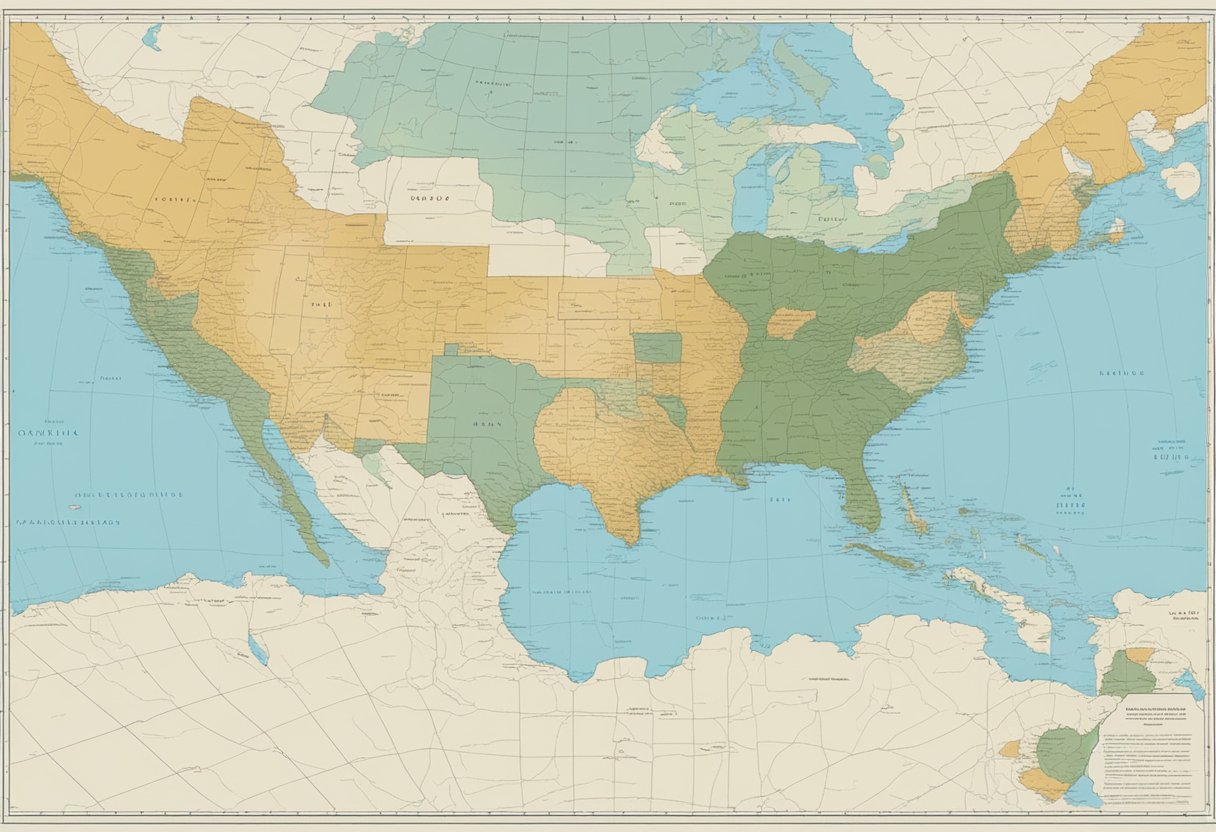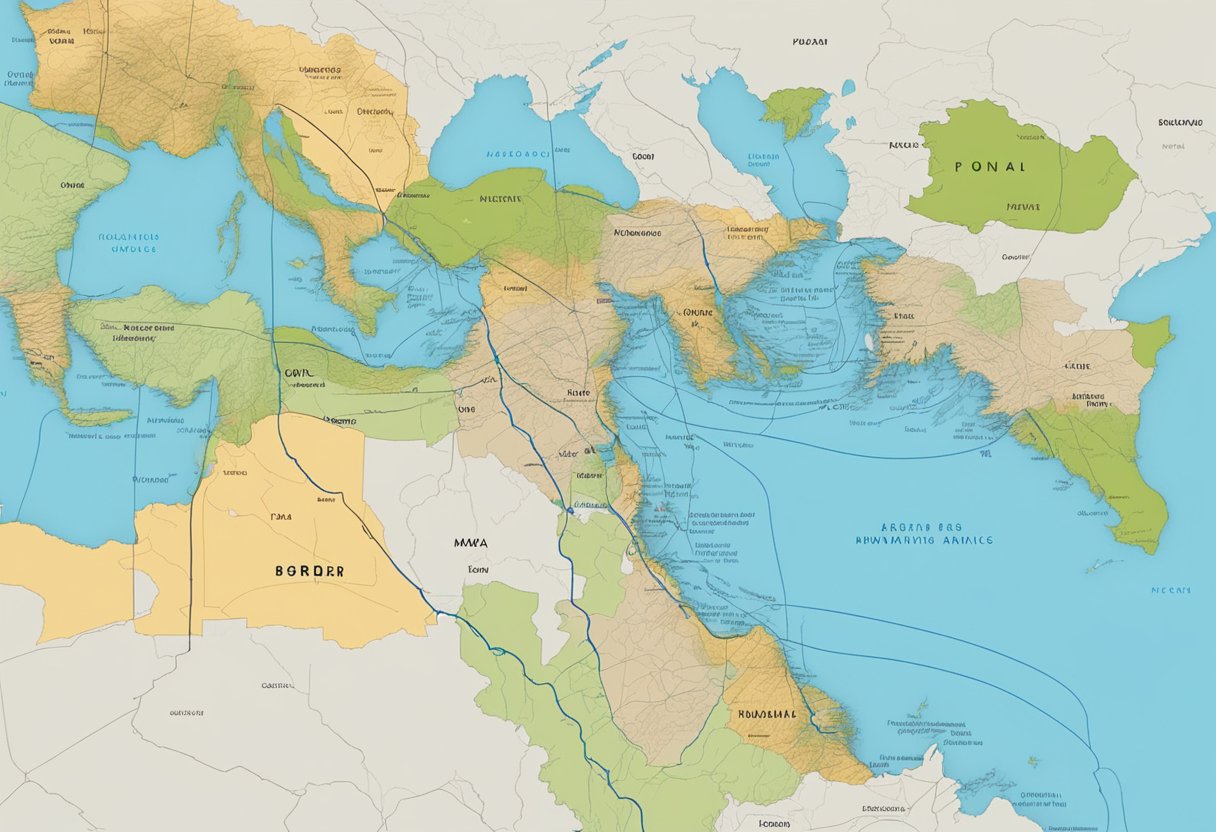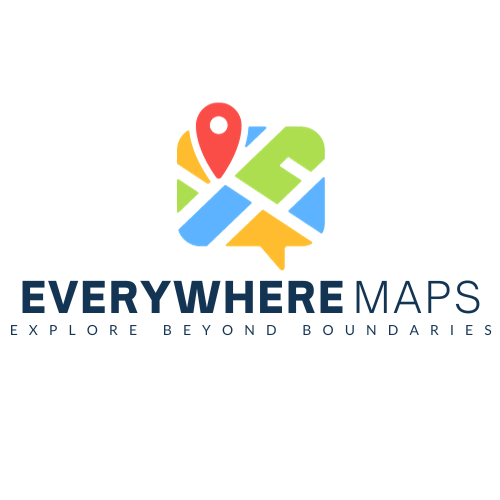Power Lines: The Art of Map Reading for Political Junkies
Welcome to our article on Lines of Power: Understanding Political Maps and Border Dynamics. In this article, we will explore the art of boundaries, politics, and power plays that shape the world we live in. Maps are not just lines on a piece of paper, they represent the power dynamics between nations, cultures, and ideologies.

As we delve into the fascinating world of political maps, we will explore the various ways in which borders are created, maintained, and contested. From the Great Wall of China to the Berlin Wall, history is rife with examples of how borders have been used to assert power and control. But borders are not just physical barriers, they can also be economic, social, and cultural.
So, join us as we embark on a journey to understand the lines of power that shape our world. From the geopolitical struggles of nations to the everyday experiences of people living on the border, we will explore the complexities of this fascinating topic.
Key Takeaways
- Political maps are not just lines on a piece of paper, they represent the power dynamics between nations, cultures, and ideologies.
- Borders are not just physical barriers, they can also be economic, social, and cultural.
- Understanding the art of boundaries, politics, and power plays is crucial to understanding the world we live in.
The Art of Boundaries

As we delve into the world of political maps and border dynamics, we must take a moment to appreciate the art of boundaries. Cartographic Chronicles have shown us time and time again how the use of lines on maps can be a powerful tool in shaping the political landscape.
Cartographic Chronicles
From Lines in the Sand to the Northern Border of Maine, political maps have transformed the way we view the world. The use of visual representations to depict national borders has been a key element in shaping the way we view state and national boundaries. With the help of Google Maps and Geographic Information Systems (GIS), we can now easily see how settlements, natural resources, and cultural differences can shape international borders.
Lines in the Sand
But let’s not forget the historical significance of Lines in the Sand. Wars have been fought over political boundaries, and the use of visual representations has been critical in defining national borders. The power of borders has been used to limit the movement of people and resources, and to control the environment.
A River Runs Through It
One of the most fascinating aspects of political boundaries is how they interact with natural resources. A River Runs Through It, and political boundaries have been shaped by the flow of rivers and other natural resources. The environment and natural resources play a critical role in shaping the political landscape, and the art of boundaries has been used to control these resources.
As we continue to explore political maps and border dynamics, let us not forget the power of the art of boundaries. With the help of visual representations, we can better understand the political landscape and how it interacts with the world around us.
Politics and Power Plays
https://www.youtube.com/watch?v=TCs_hyI15R8&embed=true
As we delve deeper into the intricate web of political maps and border dynamics, we realize that it’s not just about lines on a piece of paper. It’s a game of territorial tango, where countries dance around each other, trying to assert their power and dominance.
Territorial Tango
The dance of territorial tango is not just about land and borders; it’s about power and population. Countries try to assert their dominance over each other by increasing their population and expanding their territory. This leads to political disputes and economic struggles, making it a complex game of chess.
Cross-Border Chess
The game of cross-border chess is not just about the physical barriers that countries create; it’s about the social and economic barriers that they exhibit. The creation of barriers to stop migrants and visitors from entering a country is not just about security; it’s about the perception of power and sovereignty.
The Socio-Political Patchwork
The socio-political patchwork that we see around the world is a result of the structural inequalities that exist in our political systems. The multidisciplinary nature of human geography and political differences make it a complex game of chess where every move has consequences.
As we navigate through the COVID-19 pandemic, we realize that the game of politics and power is changing. The perception of power and sovereignty is no longer just about physical borders; it’s about jurisdiction and fines. The economy and innovation are becoming a major player in the game of politics and power.
In conclusion, understanding the dynamics of political maps and border dynamics is a complex game of chess. It’s not just about the physical lines that we see on a map; it’s about the power and perception that we exhibit. As we move forward, we must strive to create a socio-political patchwork that is fair and just for all.
Frequently Asked Questions

How do cartographers decide where to draw the line when it comes to political borders?
We know it may seem like a daunting task, but cartographers have a pretty straightforward process for deciding where to draw political borders. They typically base their decisions on a combination of factors, including physical geography, cultural differences, historical events, and political negotiations. While it’s not a perfect science, cartographers aim to create borders that are as fair and accurate as possible.
Are political boundaries just a fancy term for ‘drawing territorial lines in the sand’?
Well, we wouldn’t say “fancy” is the right word, but political boundaries are essentially lines on a map that separate one country or region from another. However, these lines are more than just arbitrary markings in the sand. They represent the power and authority of the governments that control the land within those borders. So, while they may seem simple, political boundaries are actually quite significant.
Can a political map show me where to find the best border-crossing taco stands?
As much as we love tacos, we’re afraid that political maps aren’t going to be much help when it comes to finding the best border-crossing taco stands. While they may show you where the border is, they won’t tell you where the tastiest tacos are. For that, you’ll have to rely on word of mouth or your own adventurous spirit.
In the game of political geography, what power-ups do boundaries give a country?
Ah, the age-old question. Well, the truth is that political boundaries can give countries a variety of power-ups, depending on the situation. For example, having clearly defined borders can help a country maintain control over its territory and resources. It can also make it easier to defend against outside threats. However, borders can also create tension and conflict between neighboring countries, so it’s not all sunshine and power-ups.
Do borders on a map also mark the start of a new snack food jurisdiction?
As much as we wish this were true, borders on a map don’t actually mark the start of a new snack food jurisdiction. That being said, different regions and countries often have their own unique cuisine and culinary traditions, so you may find some delicious snacks and treats as you cross over political borders.
If political boundaries are symbols of power, are mapmakers the ultimate power brokers?
While we like to think that mapmakers hold all the power, the truth is that they are just one piece of the puzzle. Political boundaries are ultimately decided by governments and other political entities, not by mapmakers. However, mapmakers do play an important role in creating and maintaining accurate maps, which can have significant political implications. So, while they may not be the ultimate power brokers, they are certainly an important player in the game of political geography.
